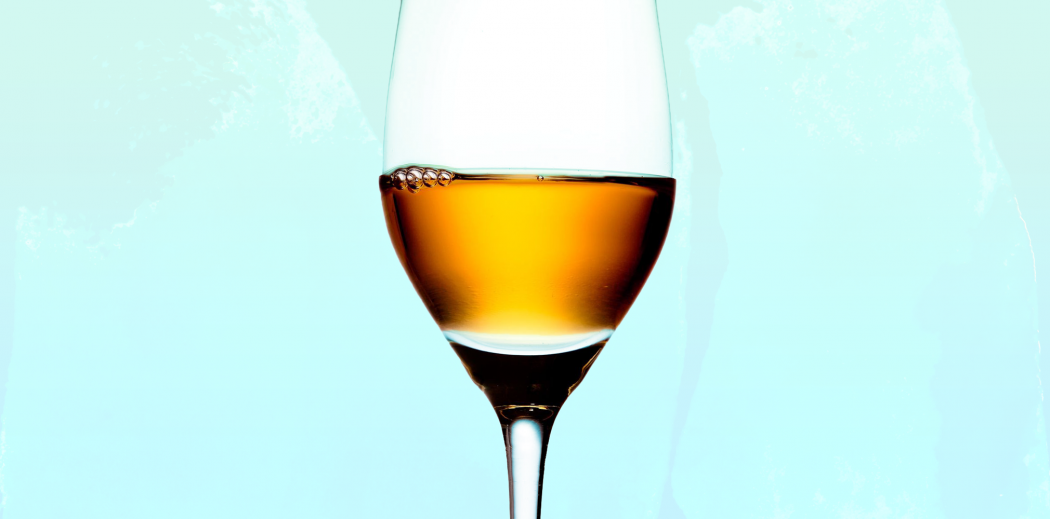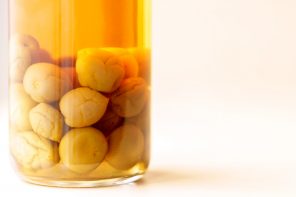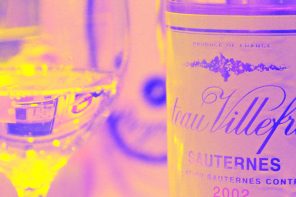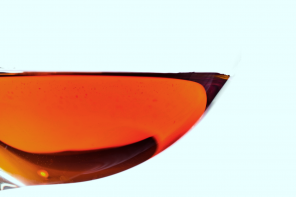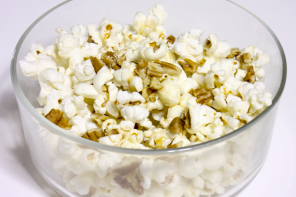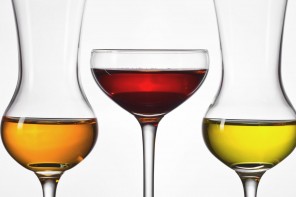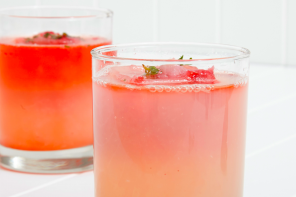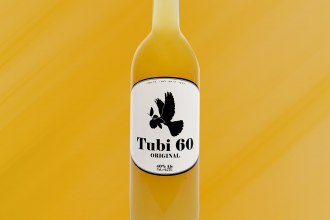Maple syrup is a given at any restaurant with pancakes on its menu and it’s not strange to find maple-flavored meats or candies. But long gone is just topping your pancakes with maple syrup, now you can buy your own maple flavoring, order a maple latte (take that, pumpkin spice), drink maple beer or devour maple nut ice cream.
But still, that’s not all. While stores and bars may not have it lined up (many have probably never heard of it), you can be sure that there are people out there making and experimenting with maple wine. Yes – it is fermented maple syrup.
When it comes to making wine, sugar is a must, and maple syrup definitely isn’t lacking in that department.
The Original Canadian Maple Wines from British Columbia’s Lang Vineyards are blends of maple syrup with Merlot, Pinot Noir or Chardonnay. But other winemakers, like Noel Powell at Aaronap Cellars in Massachusetts, is putting out 100 percent maple syrup wine.
Noel’s process includes diluting the syrup with water, adding a yeast mixture to get fermentation started, letting the fermented maple syrup wine sit for a few months in used whiskey barrels, and filtering it. And that’s pretty much it.
Aging in whiskey barrels can add a boldness to the maple wine – some say it can taste like bourbon. And some winemakers have experimented with adding lemon juice to cut through some of the maple sweetness.
Maple wine will become clear after it sits and will usually develop a golden, sherry color. The sweetness, and boldness, of maple wines make it a good dessert wine or apéritif.
Like ice wine, you’re likely to find a maple wine in a thin, 375-mL bottle – an indication of its sweetness and dessert-like qualities. You’ll want to try maple wine on ice cream and most definitely on your pancakes.
Maple syrup harvesting comes with spring, but the Northeast knows how to do fall and they know syrup. So keep your eyes open for maple wine, because it’s likely to be the perfect addition to your fall flavors.

